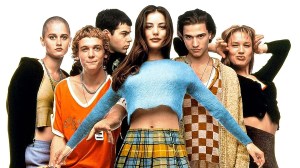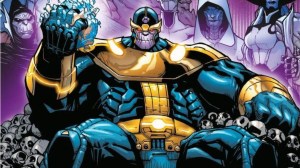The New York Times changed yesterday’s Wordle answer, providing a rare case of players having totally different Wordle experiences. While players who got the Wordle 284 puzzle early in the day had the word HARRY as an answer, the word was eventually switched to STOVE. This marks the second time that the New York Times has changed the Wordle answer mid-day; the publisher also changed Wordle 241 from AGORA to AROMA.
Videos by ComicBook.com
When asked by Mashable about the change, the New York Times explained that it was part of an ongoing effort to make the game more accessible. “In an effort to make the puzzle more accessible, we are reviewing the solutions and removing obscure or potentially insensitive words over time. HARRY is an example of an obscure word.”
While most players recognize Harry as a relatively common name, the word harry also means “to harass.”
The popular, free-to-play word puzzle became popular earlier this year as players could compare their answers and the number of guesses on social media using a unique series of colored block emojis. The goal of Wordle is simple – players have a total of six tries to correctly guess a five-letter word. Wordle assists players by showing them if their answer shares a letter with the correct answer by marking it with a yellow square. If that letter is located in the same place in the correct word, it’s marked with a green square.
While it takes the average player 4 tries to get the Wordle puzzle correct, there are a few common traps that players fall into. Words with common word endings often become streak-breakers in the game, as players may resort to guessing between several potentially correct choices. Words with multiples of the same letter can also be problematic for players, as do more obscure words. For whatever reason, HARRY was seen as too obscure for Wordle, but EPOXY was not.
You can play Wordle for free on the New York Times’ website. If you need help with today’s Wordle puzzle, feel free to check out our handy guide.








